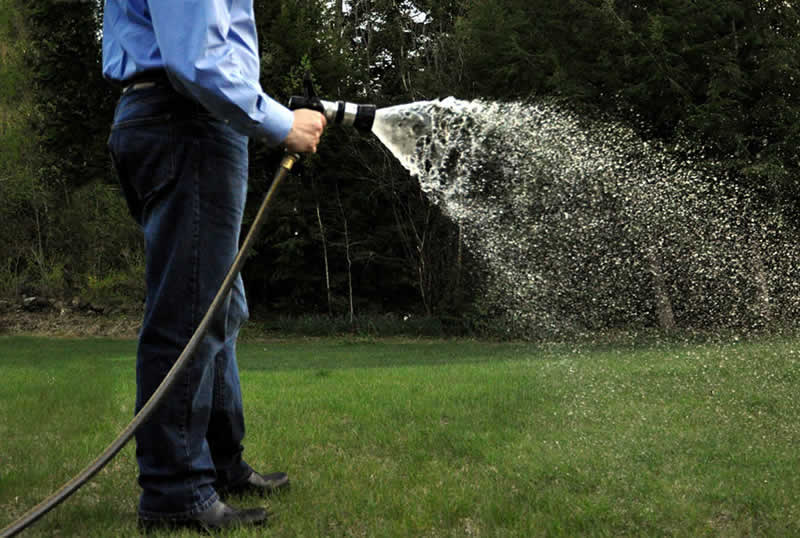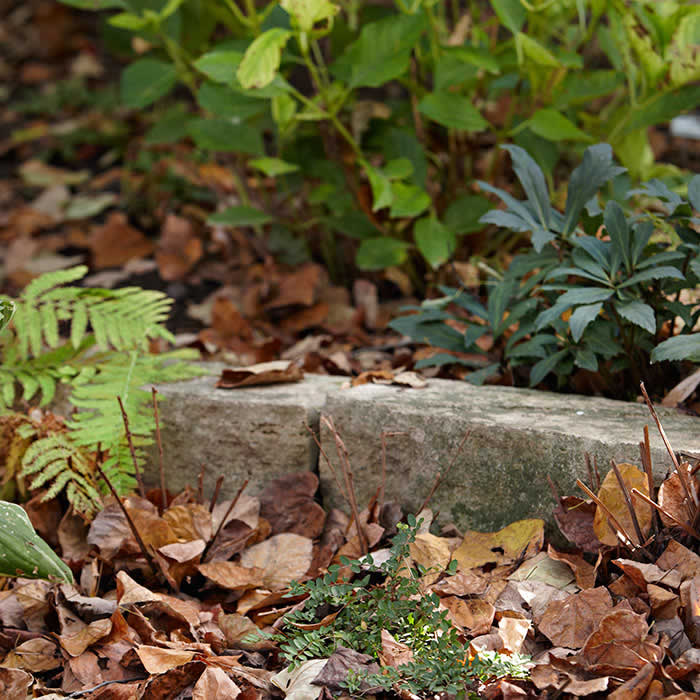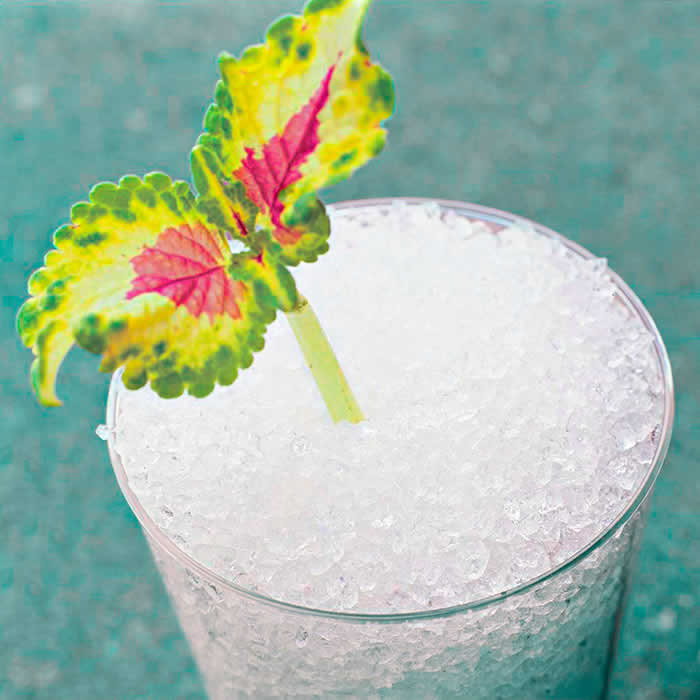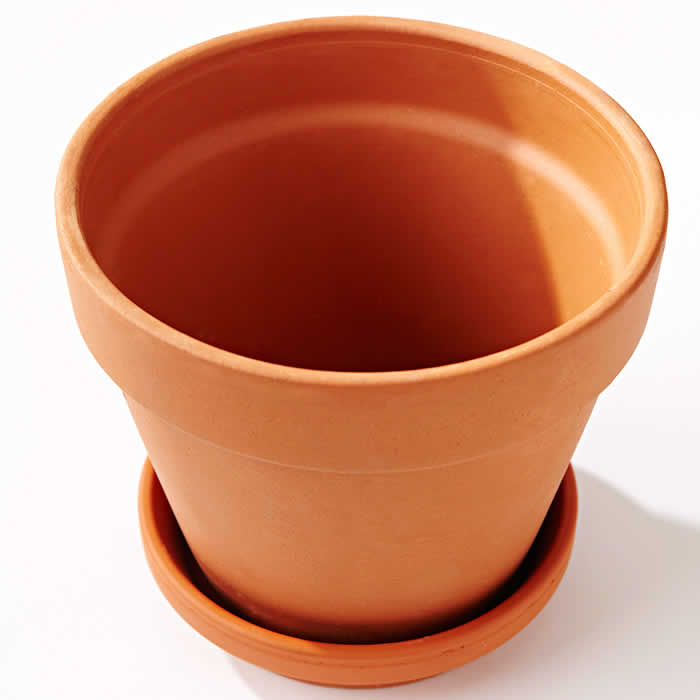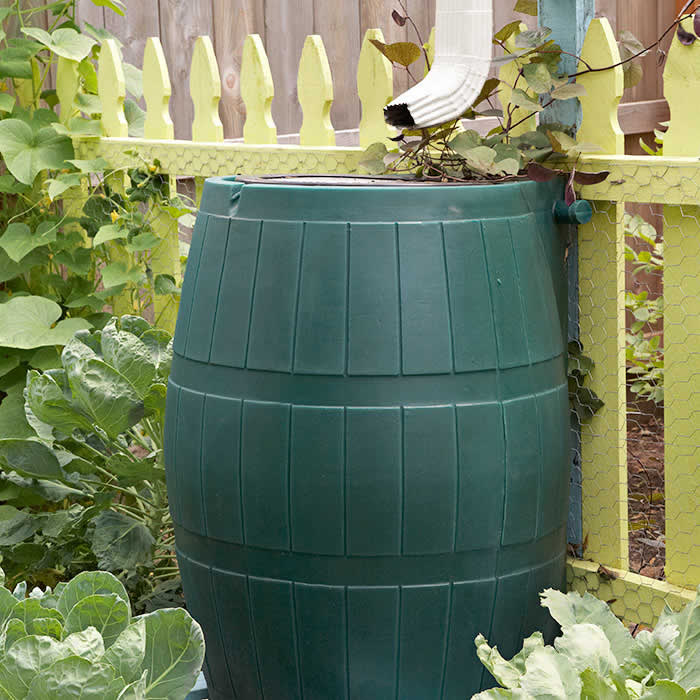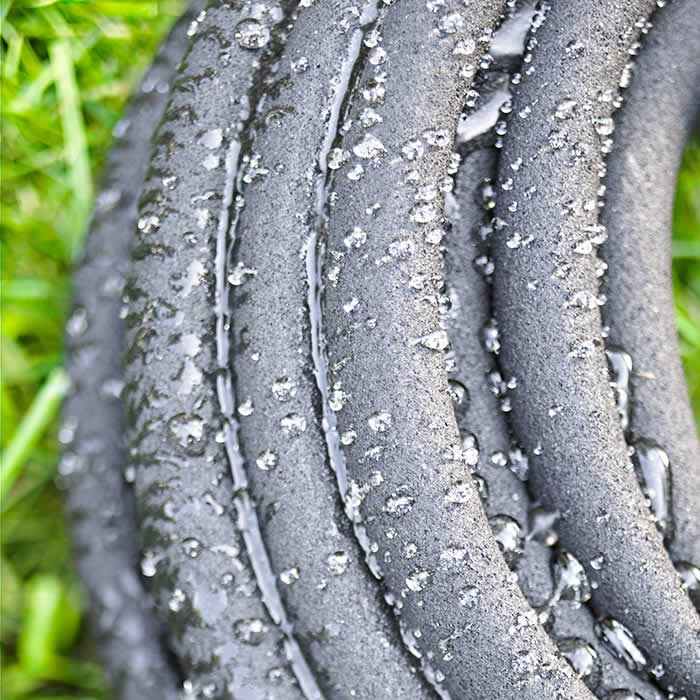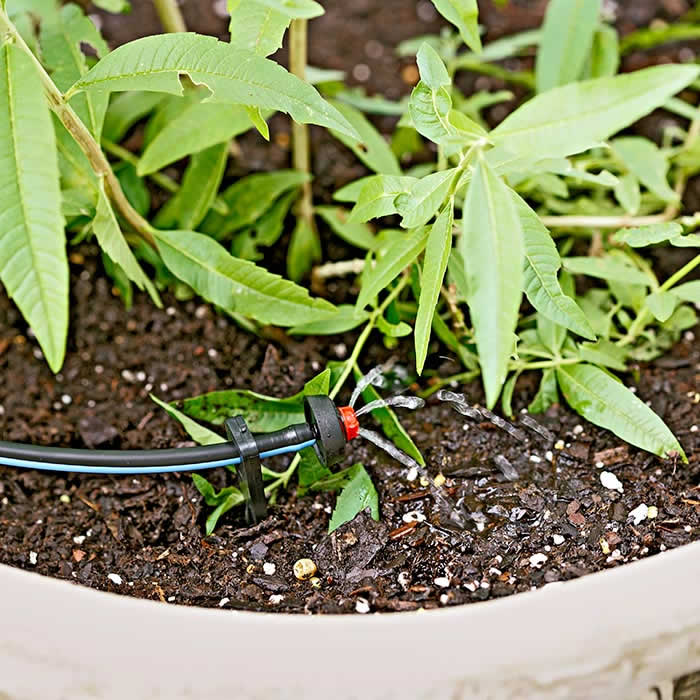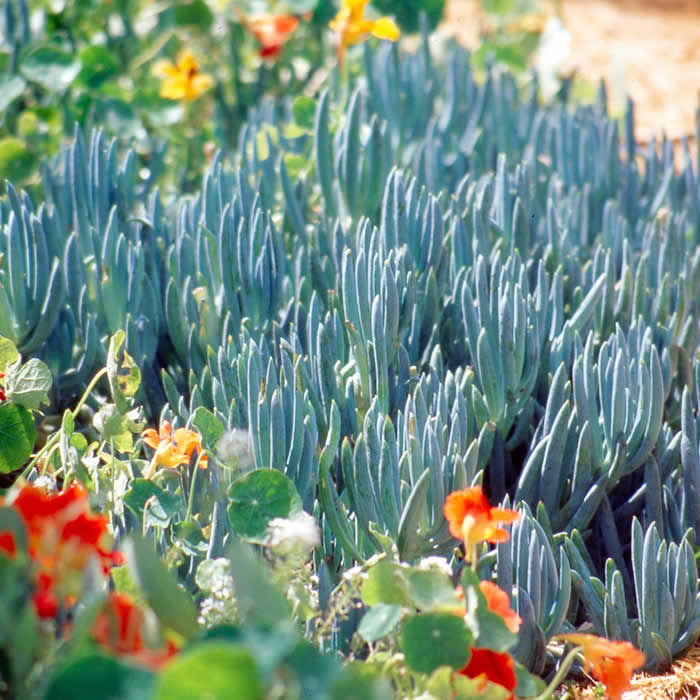When rain is lacking and drought is threatening to knock out the garden, take action. Here are some easy ways to conserve soil moisture and reduce your water bill.
1) Compost.
Add compost to your garden regularly. With really poor soil, it pays to work the compost into the soil before planting. After that, you can simply top-dress once or twice a year with compost or other mulch (see photo), spreading 1 to 2 inches at a time. Compost not only adds beneficial nutrients and microbes to the soil, it helps retain moisture.
Read More: Workouts for Men to Get Ripped at Home
2) Shredded Leaves.
Shredded leaves make excellent mulch. And they’re free! Spread them in fall to insulate the soil and prevent frost heaving of perennials. The shreds will eventually break down and feed the soil, just like the compost.
3) Mulch.
Pine chips, wood chips, and shredded bark all look great in the garden. They conserve moisture, discourage weeds, and keep the soil from baking and cracking in the sun. Use them in most situations (other than around cacti and thick-leaved succulents that prefer rapid-draining sand or pebbles). Shredded bark is better than chips on slopes because it doesn’t wash out as easily. Replenish annually.
4) Water-Holding Crystals.
Although not cost-effective for beds, water-absorbing crystals are useful in containers because they collect excess water and make it available to plants as the soil dries. The white miniature crystals (see photo) are seldom packaged by themselves, but many of the better potting mixes now include the crystals as an ingredient.
[contentblock id=2 img=adsense.png]
5) Pots and Saucers.
Speaking of containers, when you can’t water every day, use a saucer to collect excess water. This will eventually be drawn up into the container soil, keeping it from drying out so quickly. You can also group containers so they help shade each other.
6) Rain Barrels.
Save on water bills by collecting rainwater from downspouts and storing it in your choice of Lowe’s rain barrels. You’ll be surprised how quickly the barrels fill up after a rainstorm. Check to make sure there are no ordinances against collecting rainwater in your community.
Read More: 10 Vegetables to Grow in Your Garden
7) Soaker Hoses.
Overhead watering is fine for lawns, but a soaker hose is more efficient for garden beds. Wind it through the garden and peg the hose in place. You can even disguise it with mulch if desired. Soaker hoses cut down on evaporation — and the water stays off foliage so there is less chance of foliar disease.
8) Drip Irrigation.
Want to water your pots more efficiently? Use a drip irrigation system to put water where it’s needed: in the root zone. You can even hook it up to a timer to automatically start and stop irrigation.
[contentblock id=3 img=gcb.png]
9) The right plants.
The best water-conservation strategies start and end with plant selection. Choose plants that fit your conditions and group them together according to watering needs. Look for drought-tolerant plants. Many have gray or silver foliage; others have thick, fleshy leaves and are called succulents. These plants naturally need less water.

